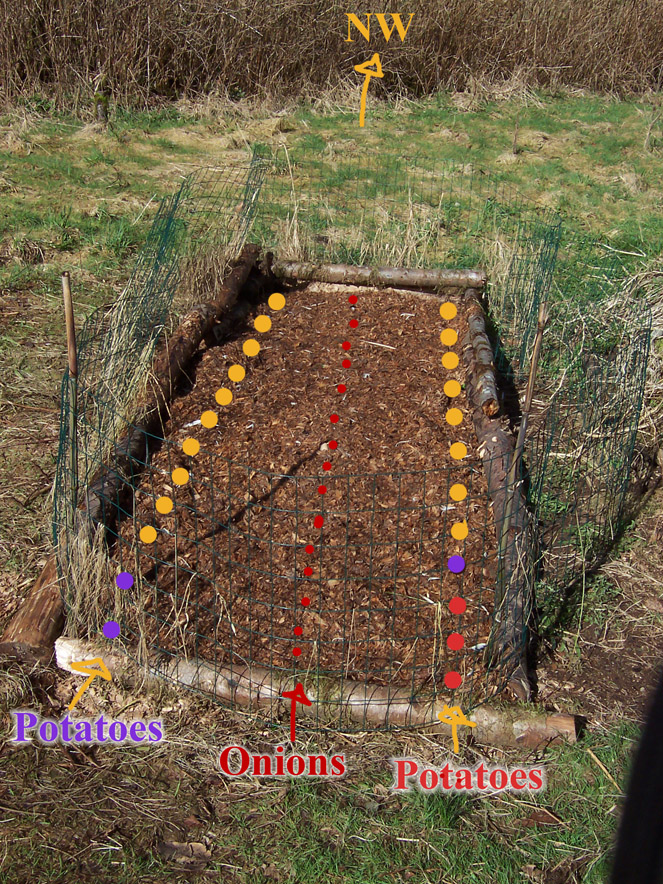









List of Bryant RedHawk's Epic Soil Series Threads We love visitors, that's why we live in a secluded cabin deep in the woods. "Buzzard's Roost (Asnikiye Heca) Farm." Promoting permaculture to save our planet.




"Our ability to change the face of the earth increases at a faster rate than our ability to foresee the consequences of that change"
- L.Charles Birch
My Herbal Tea Store (CA)












J Grouwstra wrote:I didn't check the whole above-mentioned thread, but you might want to google 'Ruth Stout method' or look on YouTube for it. I'm not sure if this old lady was the one who originated it all, but it'll certainly give you more anecdote!
















List of Bryant RedHawk's Epic Soil Series Threads We love visitors, that's why we live in a secluded cabin deep in the woods. "Buzzard's Roost (Asnikiye Heca) Farm." Promoting permaculture to save our planet.
 1
1






 1
1




Sometimes the answer is nothing





 1
1




 4
4




The holy trinity of wholesomeness: Fred Rogers - be kind to others; Steve Irwin - be kind to animals; Bob Ross - be kind to yourself




... it´s about time to get a signature ...




 1
1




Sometimes the answer is nothing


|
Fire me boy! Cool, soothing, shameless self promotion:
Homestead Pigs Course
https://permies.com/wiki/365748/Homestead-Pigs
|







